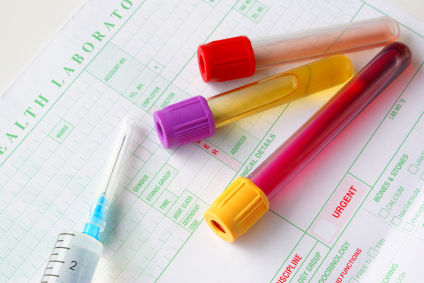A jump in the number of cases of the sexually transmitted disease gonorrhea over the past year in rural southwestern Oregon has state and local health officials alarmed and puzzled.
In Jackson County alone, gonorrhea cases have skyrocketed by 387 percent, from 31 cases in 2012 to 151 in 2013, according to public-health officials.
State figures show Josephine County saw an increase of 270 percent, from 10 in 2012 to 37 in 2013. In Douglas County, it went up 1,050 percent, from two cases to 23.
Oregon health officials report that the statewide increase was 18.5 percent.
Syphilis and gonorrhea cases have been on the rise in recent years, says Jim Shames, the county’s public-health director.
Percentage-wise, its more common among men having sex with men and those involved in the sex trade, but it has been spreading out of those demographics, Shames says.
Education, testing/health screening and a more vigilant use of condoms among sexually active men and women would help curb those numbers, Shames says.
“When it comes to diseases like this, you have to always maintain a certain level of diligence,” Shames says. “Sexually transmitted diseases will transmit.”
Ruth Helsley, sexually transmitted disease program manager for the Oregon Health Authority, said the reason is unclear.
“We’re not sure why,” Helsley said. “There’s seldom a single cause. It’s usually several things coming together. It’s really tricky.”
Risk factors include socioeconomic issues such as homelessness and a lack of access to health care. But the biggest risk factor by far is having unprotected sex with partners whose STD status is not known.
“You can protect yourself by using a condom for every sex act,” Helsley said. “You can reduce the risk by having sex with only one partner who you know has been tested recently.”
She and Josephine County Medical Director Dr. David Candelaria say the sudden increase may be related to an increase in methamphetamine use, which increases sex drive and lowers inhibitions.
In Oregon, testing laboratories are required to report all cases of sexually transmitted diseases to the state, which then compiles the numbers and disseminates them to counties.
The labs don’t include names in their reports to the state. However, the individual care provider who ordered the test, whether the county public health department or a private physician, receives that information and is able to provide treatment.
At the point of treatment, care providers ask the patients to identify any sexual partners who may have been exposed, or to at least contact their sexual partners themselves so they can be tested.
Unfortunately, that method has proven to be ineffective.
“When people get sick they want treatment. What they are not interested in is identifying partners,” Candelaria said.
Wire and staff reports








[…] “We’re …read more […]
[…] Oregon health officials taken aback by increase in STDs […]